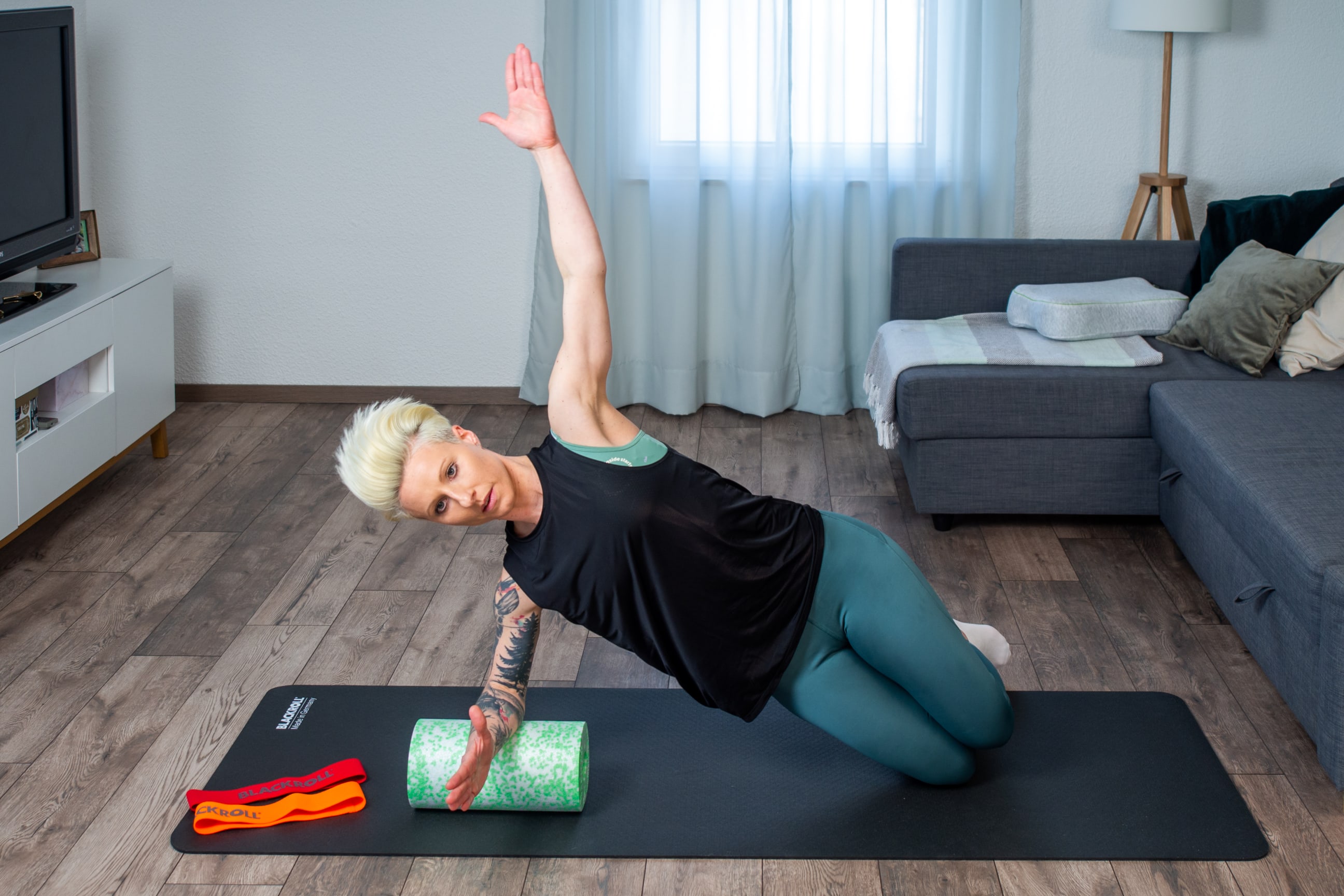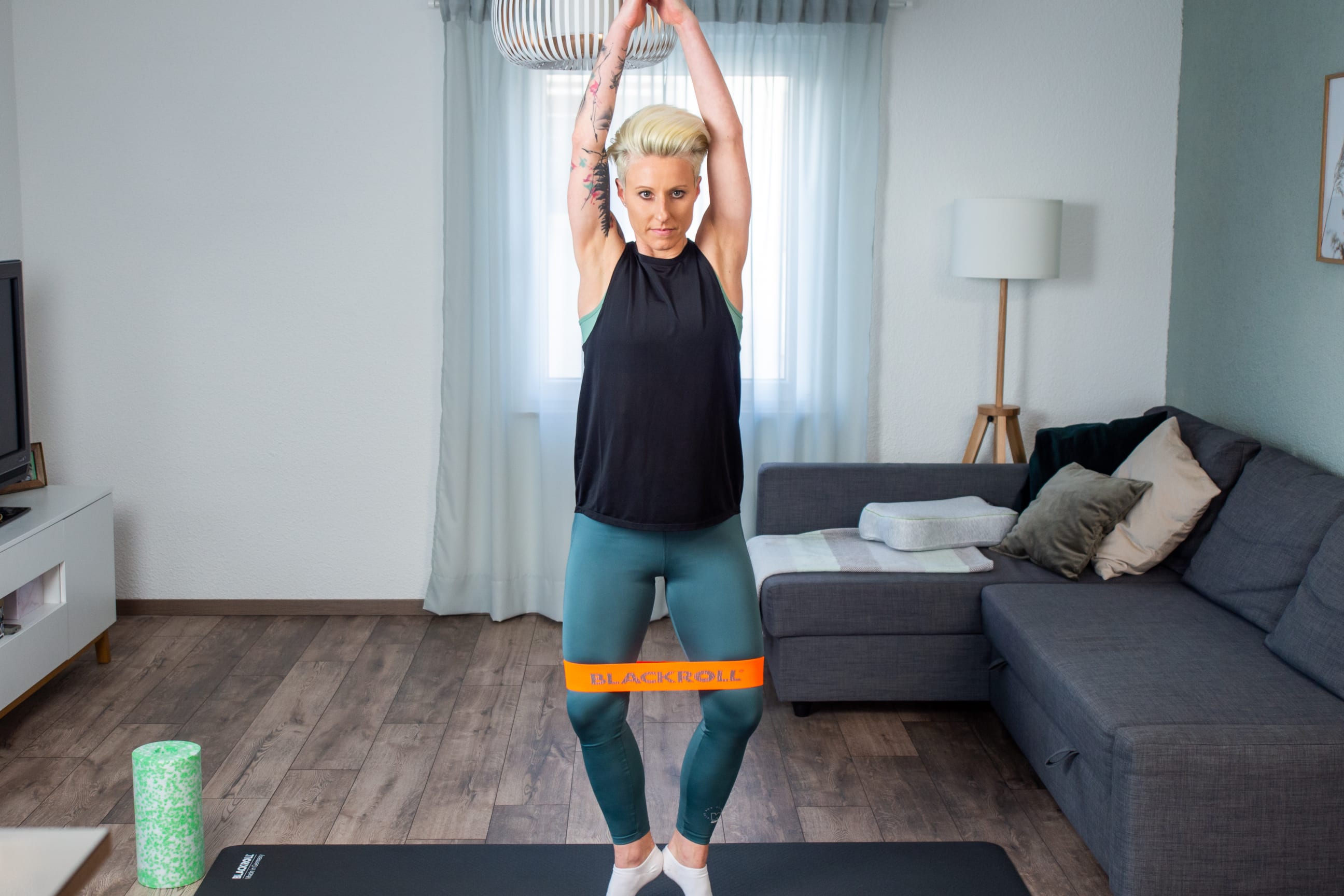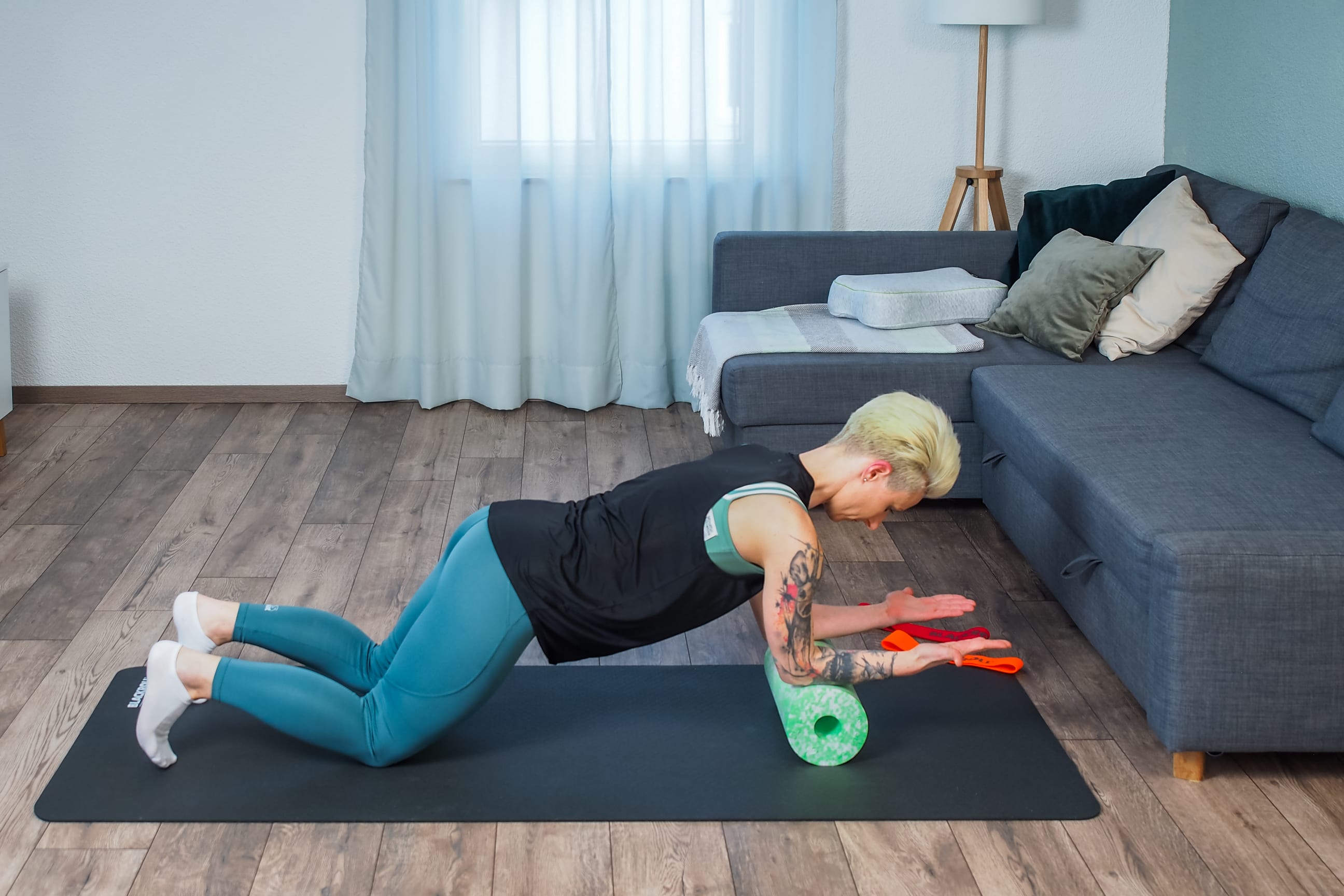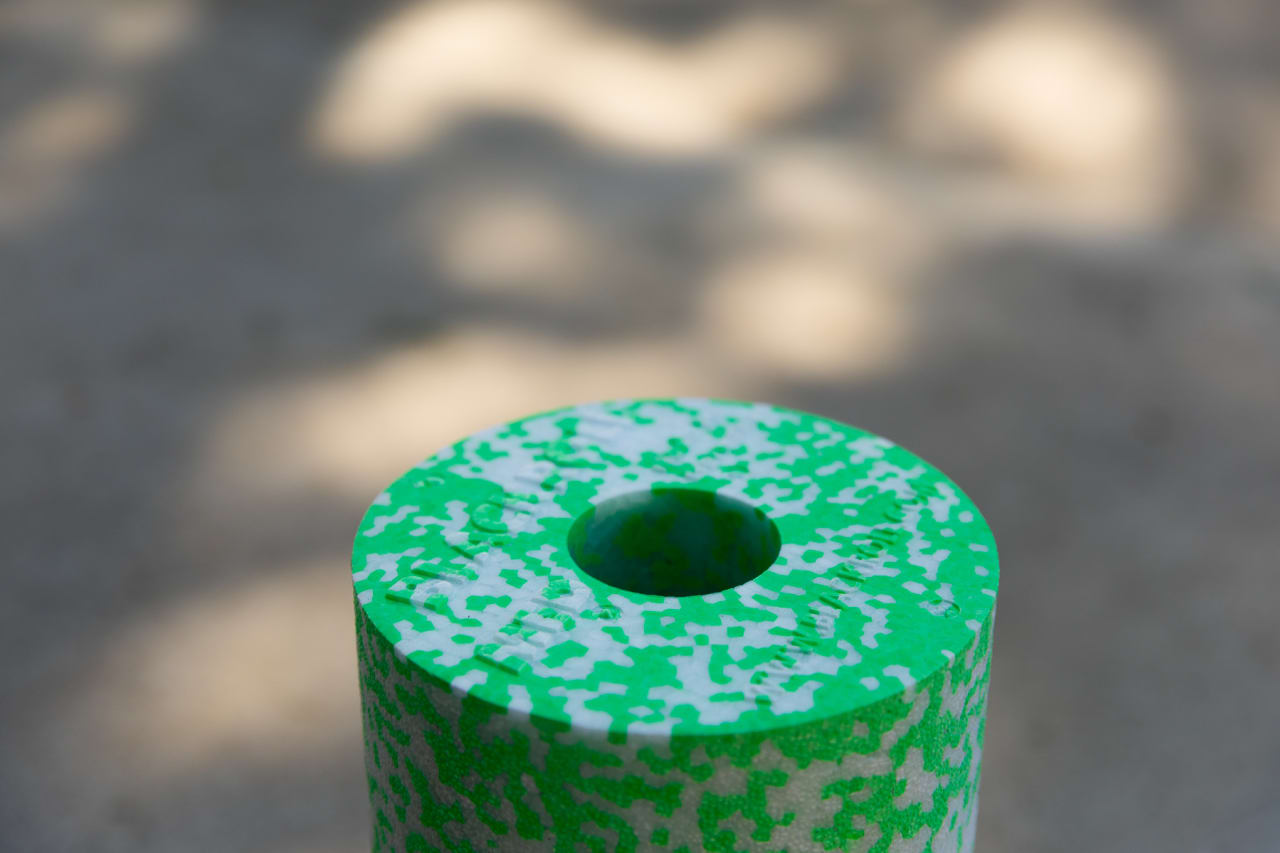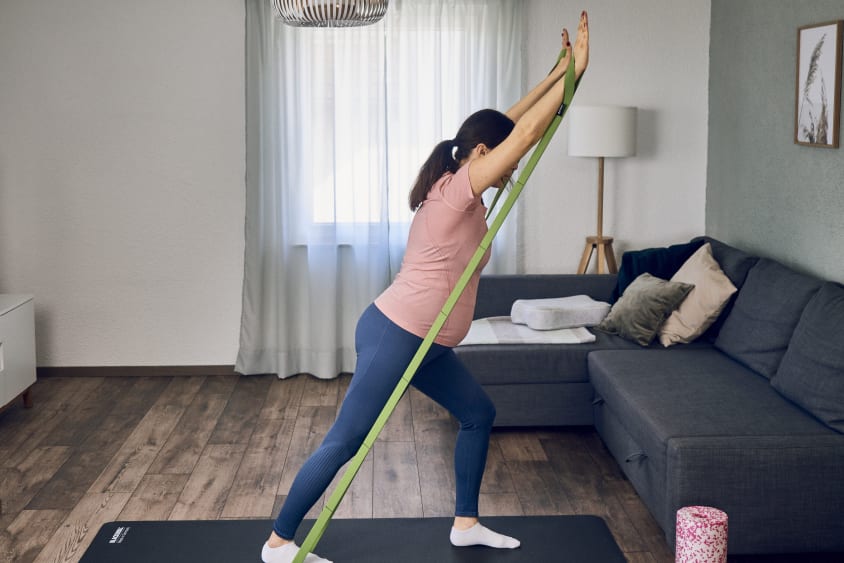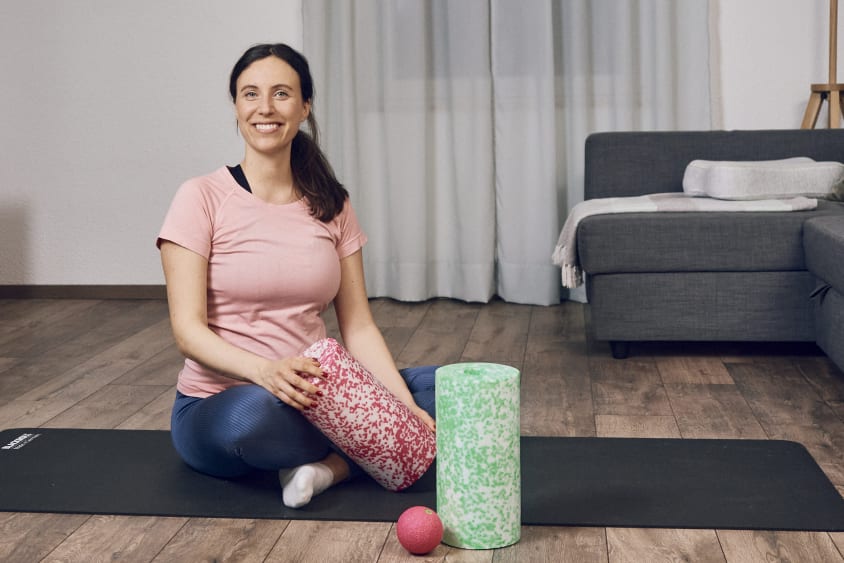
What post-partum recovery is all about

Many women can hardly wait to get back to their usual training regime after pregnancy, in order to recover their old fitness levels, to get back that strong core, and to close up their separated abdominal muscles (rectus diastasis). Post-partum recovery and the healing of the detached placenta in the womb begin on the very day your child is born. The so-called puerperium covers a period of approx. 8-12 weeks after the birth, and can progress at very different speeds. During this time you should take care of yourself, recover from childbirth-related injuries, and avoid vigorous exertion, such as intensive training and the carrying of heavy loads. Depending on your delivery, and with the consent of your midwife or gynaecologist, you can begin post-partum recovery exercises after approx. 8 weeks. Here you can find out what you should focus on during your post-partum recovery.
01. Post-partum recovery – scars
Whether you have a vaginal delivery (with a perineal tear / episiotomy) or a Caesarean section, scars can develop. Once your wounds have finished healing, the fasciae, the connective tissue in this area, are mobilised with a view to avoiding adhesions or functional limitations. Mobilise this area on a daily basis by carefully moving the skin on the hypoderm. Many women are unsure as to how rigorously they can exercise this area, or they may connect emotional stress with the scar. A physiotherapist/osteopath can help you with this.
02. The basis for a good post-partum recovery – an upright posture & pelvic floor activation
It is particularly important after a pregnancy that you are aware of keeping an upright posture and that you work to recover a stable core. To do so, you must acquire an awareness of and activate your core, which consists of the pelvic floor, the abdominal and back muscles, and the diaphragm. The pressure applied by your child on your pelvic floor, along with a vaginal delivery, will have weakened or potentially injured this incredibly important muscle. We recommend the training of the pelvic floor, including for post-partum gymnastics after a Caesarean section. Your child has been making him/herself comfortable on this muscle for several months, and now it is time to reactivate it.
Good pelvic floor training as post-partum recovery gymnastics also includes intense breathing techniques, which activate your diaphragm and your pelvic floor. Train your pelvic floor several times daily for post-partum recoveryt (at least 3x20 repetitions) and pay attention to both tensing and relaxing, so as to avoid overexerting hte muscle. If this training works for you, you can move onto moderate training, tailored to your recovery, without any cause for concern.
03. Why a stable core is so important for a good recovery after childbirth
A muscular imbalance in the torso will result in imbalances that ultimately cause load inconsistencies or back pain on account of instabilities.
Hyperlordosis (hollow back) in the lower back during pregnancy results in the reduced activity of the gluteal muscles. An upright posture will help reinforce this and thus relieve the muscles and the fasciae of the lower back.
Therefore try to think about keeping an upright posture as often as possible and regularly activating your pelvic floor. This is particularly important if you are carrying your newborn. Core training should in any case be given preference over endurance training, so as to avoid damage to the pelvic floor and any associated lowering of the pelvic organs.
04. Recovery from pregnancy tummy – Rectus diastasis
When training to get rid of 'pregnancy tummy', the focus must be first and foremost on recovery from rectus diastasis. These muscles should be stimulated with a view them closing up. Because many women initially find it very difficult to incorporate pelvic floor and abdominal tension during strengthening exercises, we recommend the training of the abdominal muscles from the supine position. In this starting position, it is often not possible to keep the rectus diastasis closed. As a result you can prevent the closing of this gap or, in the worst case scenario, even worsen it. Therefore, you should forego traditional sit-ups and training within a closed system, e.g. in an all-fours position or with forearm support.
Medically, the term rectus diastasis is only used in cases of a gap of 2 cm or more. Often, this fascial layer does not close up completely. Don't let this irritate you – what is important is that you have good control over your torso muscles, and that you know what you should bear in mind during your training.
When you can recommence your abdominal muscle training
During each exercise you should be able to pull your tummy button inwards and maintain a good tension in your lower abdomen. Then there will be nothing standing in the way of your training. A check-up by a physiotherapist, a midwife, or a pelvic floor specialist can be very helpful. Love balls or other pelvic floor training tools can support you with bio-feedback during training.
05. Post-partum recovery – pelvis and leg stability
Hormones such as oestrogen make our tissue become soft. Instability in the feet, pain in the balls of the feet in the mornings, and knee pain are problems that can occur in cases of lacking stability of the pelvic and leg muscles following a pregnancy.
Integrate and activate these muscles at the beginning of each training session, or incorporate exercises into your daily routine in order to continually build stability in these muscles. This contributes to preventing injuries in the ankle joints and knees.
06. Post-partum recovery – Back tension
As a result of imbalances in the torso muscles, adhesions of the back fasciae can occur in particular. Many women suffer from deep-seated back pain and/or tension in the neck area, as well as wrist pain after pregnancy, which is exacerbated as a result of feeding and carrying the baby around all the time.
The foam roller can help with this. With myofascial self-massage, you can achieve relaxation in your back fasciae. Years of experience have shown that the lower back and the lateral torso muscles in particular can benefit from fascia training.
Irrespective of your training or recovery, you can perform self-massage every day or every other day with the foam roller without any cause for concern. Should the BLACKROLL® STANDARD cause pain, we recommend that you switch to the softer BLACKROLL® MED.
07. Post-partum recovery – tips for your training after pregnancy:
- Before you begin training, it is important that you have already had your final examination from your gynaecologist, and that your midwife has given you the go-ahead to begin recovery training.
- Begin approx. 8 weeks after delivery, with a post-partum recovery therapy provided by a specialist.
- You should feel good during and after the training. Pay attention to your body's signals. Nausea and discomfort can be indications that you are overdoing it. It is better to train more frequently, but with a more tailored programme.
- Daily pelvic floor training will do you good and give you a stable core.
- Keep an upright posture.
- Train your pelvic floor and activate your abdominal muscles before beginning a workout.
- During torso training, pay attention to abdominal tension.
- Stimulate your rectus diastasis to close up the muscles.
- Incorporate the stabilisation training into your workout.
- Be sure to maintain a moderate training intensity, and begin endurance training, e.g. jogging, no sooner than 6 months after delivery.
- Roll out your fasciae, especially in the lower back and the lateral torso muscles, in order to relieve tension.
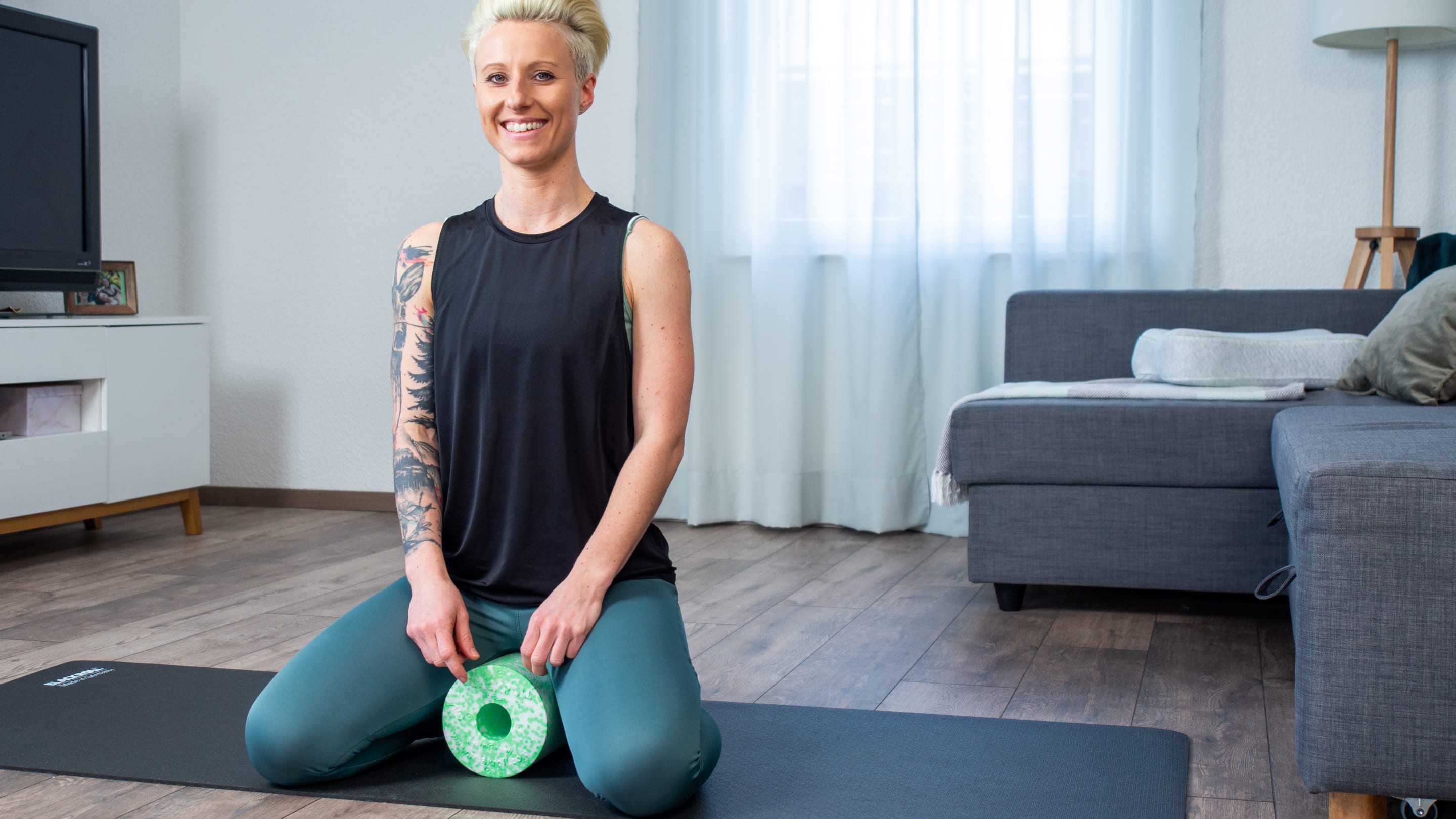
We have put together for you a post-natal BLACKROLL® workout for the recovery period lasting for approx. 12 weeks after pregnancy. Within the workout you will learn exercises for your pelvic floor, your torso, your lateral abdominal muscles and for your leg muscles. This workout is not a replacement for post-partum recovery therapy with a specialist.

